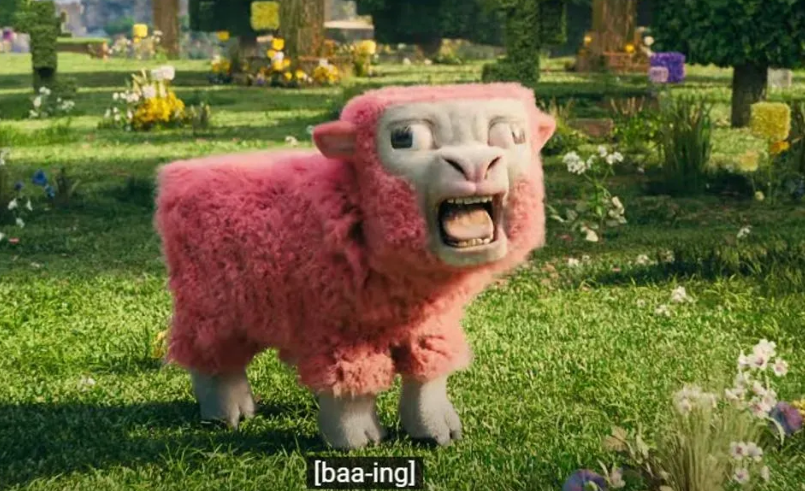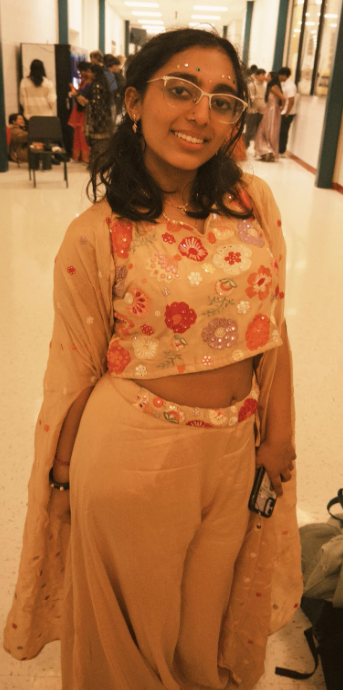This winter break, I was diagnosed with Influenza A, the strain H3N2. The entire debacle was exhausting. I was coughing up a storm for about a week– making horrific gagging sounds and shaking the whole house due to my persistent wheezing and hacking. Since I wasn’t allowed out of my room due to my slightly-hypochondriac-but-don’t-tell-him-I-said-that father’s extreme fear of sickness, I had a lot of chicken noodle soup, a lot of cough drop wrappers scattered around my room, and a lot of time to reflect on things. Maybe a little too much time.
Some of the things I thought about were, quite frankly, stupid and completely irrelevant to this article.
However, while thinking, I realized: Wait—this isn’t a new experience. This happened to me five years ago!
Huh, what’s that? You’re asking ‘When?’
When I had COVID, that’s when.
5 years ago the COVID-19 pandemic took the world by storm, causing at least 3 million deaths globally and prompting an international lockdown, with schools and offices closing in-person operations and going completely virtual in a multitude of different countries. As the death rate increased day by day and the disease continued to spread like wildfire, scientists scrambled for a way to cure, or at least, somewhat prevent the dangerous virus. At first, the focus was on curing the sickness itself. However, when they realized it wouldn’t happen, the goal became to reach herd immunity and create a vaccine that prevents the virus, so that even if the illness spreads, it’s less severe.
Just like that, COVID became our new normal, in some obvious ways. Of course, the virus is still out there, and we are still susceptible to it—we know that much already.
However, what we fail to realize is that the entire Coronavirus pandemic has changed our lives in so many ways– whether it be how we learn, how we shop, or even just how we handle being sick.
One example of this is how COVID-19 has completely changed education. This might be obvious in some ways– like us going virtual during the pandemic, but have you ever noticed that, if you think about it, we never exactly stopped virtual learning? Before the pandemic, assignments were handed out on paper and expected to be submitted in person. Now, almost all assignments are posted online, and even the classwork we do tends to be online. This is a big shift in how our education system works– going from pen and paper to our laptops. You could attribute this to times changing, but you can’t deny that the Coronavirus pandemic played a part in this new system.
Another example of how COVID-19 has changed the world is how we shop. Before, most people went to stores to buy things in person—whether groceries, clothes, or anything else—but after the COVID pandemic, online shopping through websites like Amazon, Shein, and Doordash has become increasingly popular. People no longer go out to buy things in person as much because they know they can wait a bit and receive whatever they need right in the comfort of their own homes.
Furthermore, the COVID-19 pandemic has also impacted how we view sickness. One example of this is mask culture. Before the pandemic, hardly anyone wore masks in public, even though this is common in other countries, specifically Asian countries. However, after the pandemic, wearing masks if you’re sick– whether it’s COVID or not has almost become an expected courtesy. People have also started to become a lot more cautious about sickness. Before, people would just use home remedies to cure colds and fevers, but now, whenever someone is sick, people freak out and immediately go to get tested to rule out the big three– COVID, Flu, and Strep Throat.
Even though the COVID-19 pandemic was 5 years ago, as shown by the above examples– its effects remain, and probably will for a long time. The pandemic has changed our attitudes around a lot of things– some for the better, some for the worse. It’ll be interesting to see in the future how we are still affected by the pandemic, and it’ll be even more interesting to see how the pandemic is taught about to future generations.






